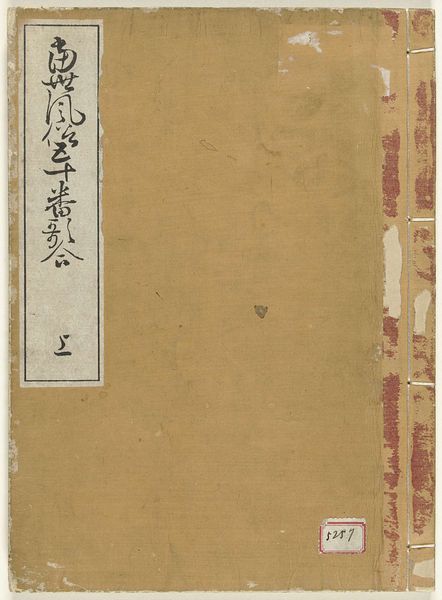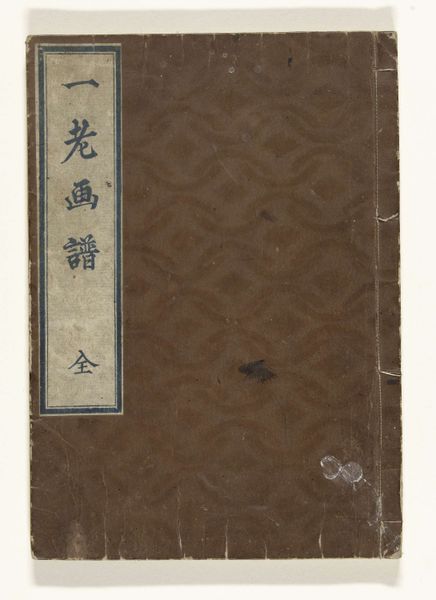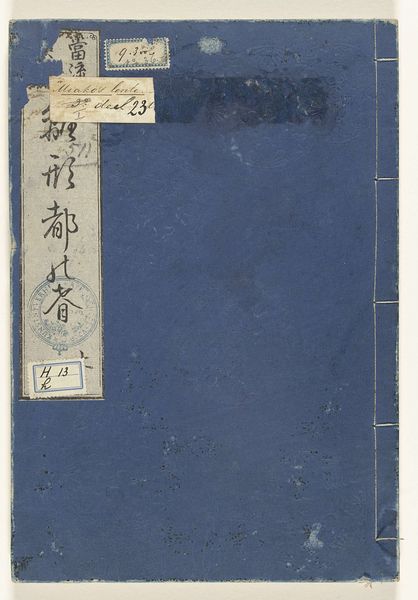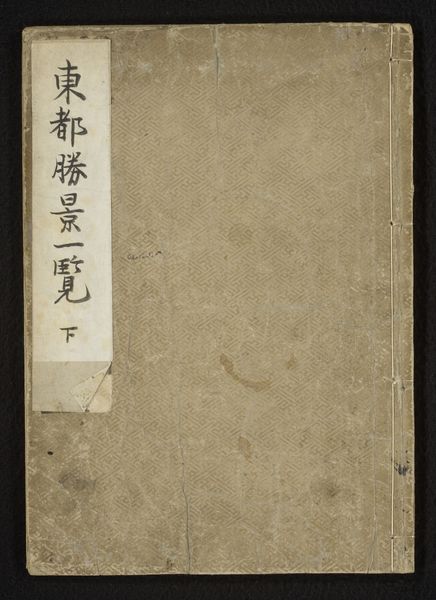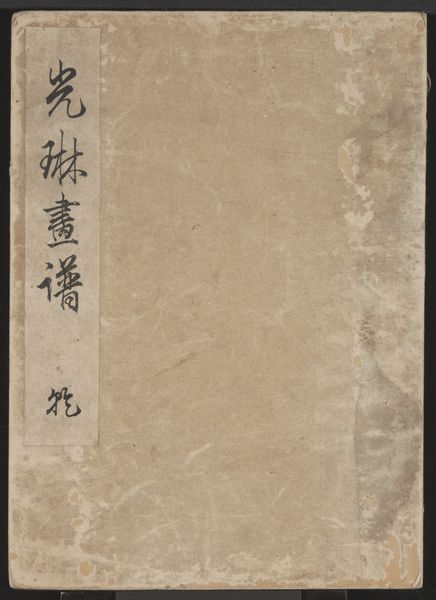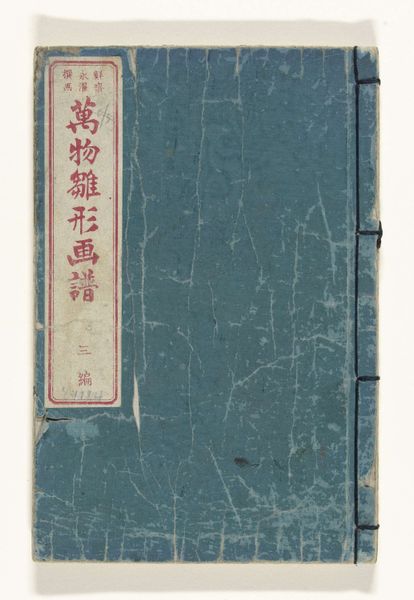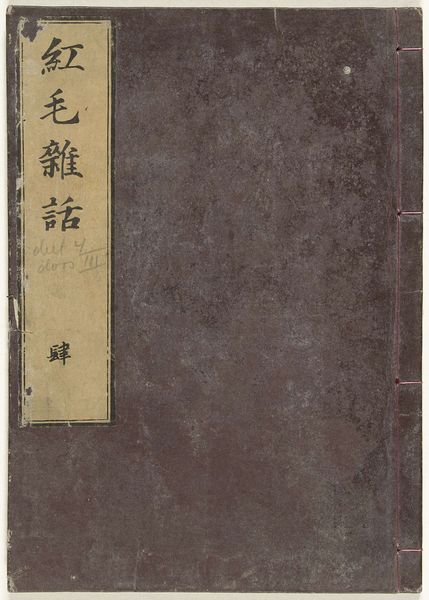
graphic-art, paper
#
pencil drawn
#
graphic-art
#
aged paper
#
toned paper
#
light pencil work
#
pencil sketch
#
asian-art
#
paper
#
calligraphy
Dimensions: height 228 mm, width 155 mm
Copyright: Rijks Museum: Open Domain
Editor: We are looking at "Schetsboek van Isai," dating back to 1864 and created by Katsushika Isai. It is held at the Rijksmuseum. It’s deceptively simple - a seemingly unassuming book, rendered in pencil. What's particularly striking is how aged and seemingly delicate the paper is. How do we begin to understand something like this in its historical context? Curator: Well, its materiality is precisely the starting point. The apparent simplicity of a sketchbook like this masks a complex web of social and institutional forces. Consider the Rijksmuseum itself: a European institution displaying Asian art. How does that frame our interpretation? The toned paper and the style of binding point towards specific artistic traditions of the Edo period in Japan. Does its presence here subtly reframe Eastern aesthetics through a Western lens? Editor: That's a good point about how the location changes it, and I can see the framing now. Were sketchbooks like this considered important artistic outputs at the time, or just preparatory? Curator: That’s a crucial question. Was it intended for public consumption, or was it primarily a personal resource? The answer depends partly on who Isai was trying to reach, if anyone. Looking at the calligraphy, who was able to engage with the imagery presented in those moments of inscription? Were there distinct tiers of access and knowledge embedded in art itself, thus structuring social hierarchies of class? Editor: That’s a powerful question to keep in mind when observing works like these. What did you discover when you saw it for the first time? Curator: It raised several questions about what art *is*. Seeing this image and the physical distance between myself, its intended setting, and then seeing the very specific writing style brought so much more context for me. And for you? Editor: I came in wondering what there was to be seen on such aged and seemingly light art but now realize how its placement changes it, while access and social structure in society influences art.
Comments
No comments
Be the first to comment and join the conversation on the ultimate creative platform.


